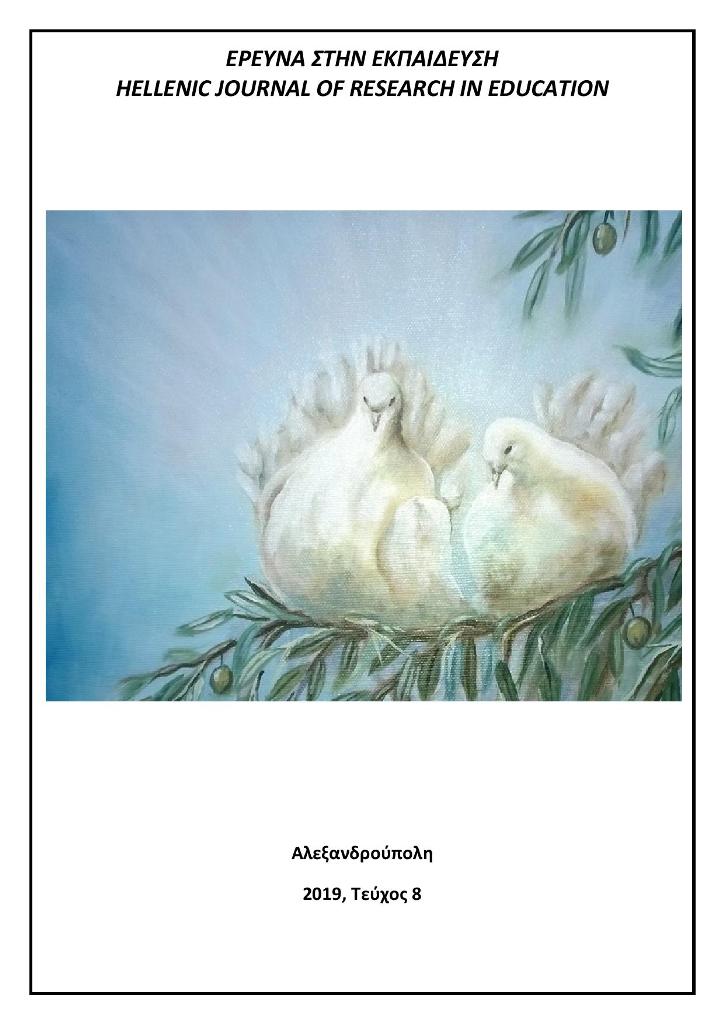The use of commutative principle as a shortcut in young children’s mental additive computations

Abstract
The aim of the present study was to examine young children’s use of commutativity principle in addition problems and its connection to mental calculations. For this aim, a total of 100 children, coming equally from Year 2 and Year 3 classes, were presented with four tasks that involved: a) additions and subtractions favoring sums that give ten, b) additions and subtractions favoring sums with double numbers, c) control additions and subtractions, and d) equivalences with additions and subtractions. Commutativity principle could be used in all tasks, but the third. Results showed that all the participants had high rates of success (82%). Their performance was not affected by age. The majority of the participants used the commutativity strategy in the tasks that its use was allowed and, particularly, in tasks that involved multi-digit addends. Mental calculations were mainly used by all children compared to written calculations. However, Year 2 children showed greater preference to mental computations compared to Year 3 children.
Article Details
- How to Cite
-
Δεσλή (Desli) Δ. (Despina), & Αγγέλη Χ.-Ε. (2019). The use of commutative principle as a shortcut in young children’s mental additive computations. Hellenic Journal of Research in Education, 8(1), 63–76. https://doi.org/10.12681/hjre.20055
- Issue
- Vol. 8 No. 1 (2019)
- Section
- Articles

This work is licensed under a Creative Commons Attribution-NonCommercial-ShareAlike 4.0 International License.
Authors who publish with this journal agree to the following terms:
- Authors retain copyright and grant the journal right of first publication with the work simultaneously licensed under a CC-BY-NC-SA that allows others to share the work with an acknowledgement of the work's authorship and initial publication in this journal.
- Authors are able to enter into separate, additional contractual arrangements for the non-exclusive distribution of the journal's published version of the work (e.g. post it to an institutional repository or publish it in a book), with an acknowledgement of its initial publication in this journal.
- Authors are permitted and encouraged to post their work online (preferably in institutional repositories or on their website) prior to and during the submission process, as it can lead to productive exchanges, as well as earlier and greater citation of published work (See The Effect of Open Access).


